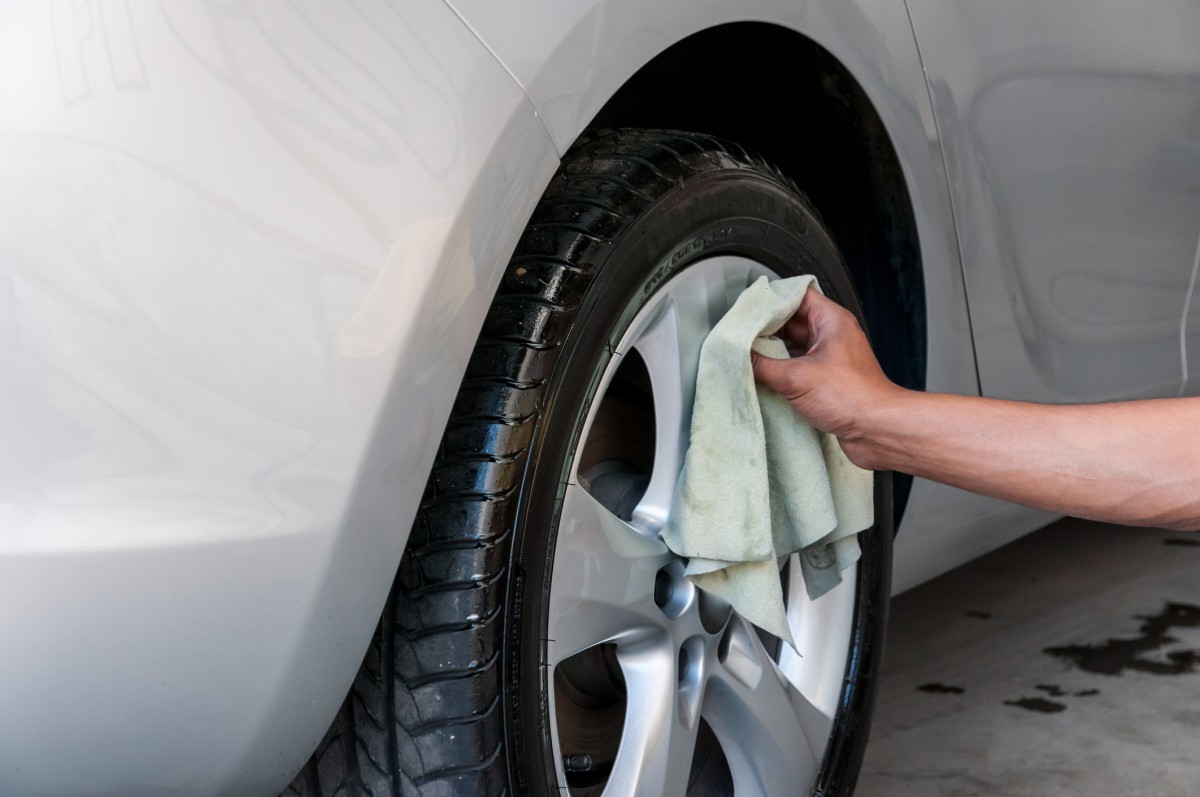
There’s nothing quite like the glint of sunlight off a spinning wheel. Brightly polished rims catch your eye and add elegance to a gleaming vehicle.
How do you keep rims looking that way?
“Brake dust is a constant annoyance, especially if you have attractive wheels and like showing them off,” said Brad Bergholdt, an instructor of automotive technology at Evergreen Valley College in San Jose, Calif. “On top of that, the dust is corrosive--so it’s a problem even if a vehicle’s appearance isn’t something you obsess over.”
Microscopic particles of brake lining flake off every time you stop the car. Left unattended, the dust congeals into a viscous sludge on the wheels that traps moisture and feasts on the finish.
Water alone won’t remove the filth from wheels. Even the soap used to wash the car won’t completely cut through the grime.
Specially formulated wheel cleaners cut the grease and reduce the amount of elbow grease required to restore the look, but it’s vital to read the label and ensure it’s something that won’t damage the wheel's finish, Bergholdt said.
Applying a spray wax creates a barrier that hampers the dust’s ability to cling to the wheel for a little while. Rags and specially designed brushes work wonders, so long as they aren’t used on other finishes, such as the glass, paint or upholstery, he added.
Bergholdt offered the following thoughts on what causes brake dust and how to best address it:
- How it’s made. As brake pads wear down, microscopic particles flake off and cling to whatever they touch. That dust is especially corrosive to a wheel's finish and can cause permanent pitting and staining.
- The worst offenders: The type of brake and what it’s made of matter most. Disc brakes create the most dust because it uses a clamp on both sides of the disc to create friction. Drum brakes capture most of the dust behind their cover. The front brakes are often discs, while the rears may be either disc or drums. That’s why front wheels may look dirtier than the pair in back.
- Alternative options: Ceramic brakes produce dust that’s lighter in color and doesn't seem to stick to the wheels as easily as other brake pad compositions. Aluminum discs can be used to keep dust contained behind the wheels, though the dust shield adds a look that isn’t liked by everyone.
- The catch: Pads that stop the best typically create more dust and don't have a long lifespan. Brakes that last longer are often noisy and don’t stop as well. Try to find products somewhere in the middle when you replace your brakes, and don't shop price.
Bottom line: Brake designers place a higher priority on stopping power than clean wheel appearance. It’s on the car owner to keep dust from degrading the appearance or damaging the wheel.”
Copyright © 2024 by Sensible Driver. All rights reserved.


